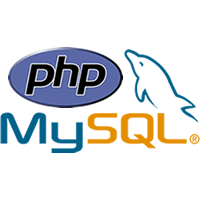Question: What is project management?
Project management is a process in which we manage a project as per availability of Time, Cost, Resource (developer) and scope. The main motive of project management is to complete the client expectation within the availability of time and money.
Question: What is triple constraint triangle in project management?
- Project cost
- Project schedule
- Project scope
Question: How do you handle change request?
If its taking effort of 1/2 hour, we will do for client without change request otherwise.
1. Send the estimation to client
2. Approve the request by client
3. Start the Development Phase
Question: What are the CSFs in the Software project management?
CSFs (critical success factors) for Software project management are below:
- Change management.
- Leadership & motivating employees.
- Team Orientation is crucial.
- The cost evaluation must be done diligently in the given time frame.
- Lucidity in communication.
Question: What is DSS?
DSS stands for Decision Support System.
Question: What is the WWWWWHH?
WWWWWHH stands for What, When, Who, Where, How, How Much.
This principle is given by Barry Boehm who suggests an approach that addresses project objectives, scope, schedules, responsibilities, management and technical approaches and required resources.
Question: Describe capability maturity model Integration(CMMI)?
This model is developed by Software Engineering Institute (SEI).
Every level there are some key activities required at different levels of process maturity.
Following are 5 level of capability maturity model Integration (CMMI).
Level 1: Initial.
Level 2: Repeatable.
Level 3: Defined.
Level 4: Managed.
Level 5: Optimizing.
Question: What is software project planning?
- Scope of the project.
- Feasibility analysis.
- Deadline of the project.
- Estimation of resource cost and schedule.
- Risk analysis.
- Overall Budget.
Question: What are the different types of software risk?
- Project risks
- Technical risks
- Business risks
Question: Define CAR and DAR?
CAR - Causal analysis and resolution.
DAR - Decision Analysis and Resolution.
Question: Differentiate between SITP and UTP in testing?
System Integration Test Plan(SITP) - It is performed by the testing team.
Unit Test Plan (UTP) - It is usually performed by the developers.
Question: Define CMMI?
CMMI stands for Capability Maturity Model Integration.

